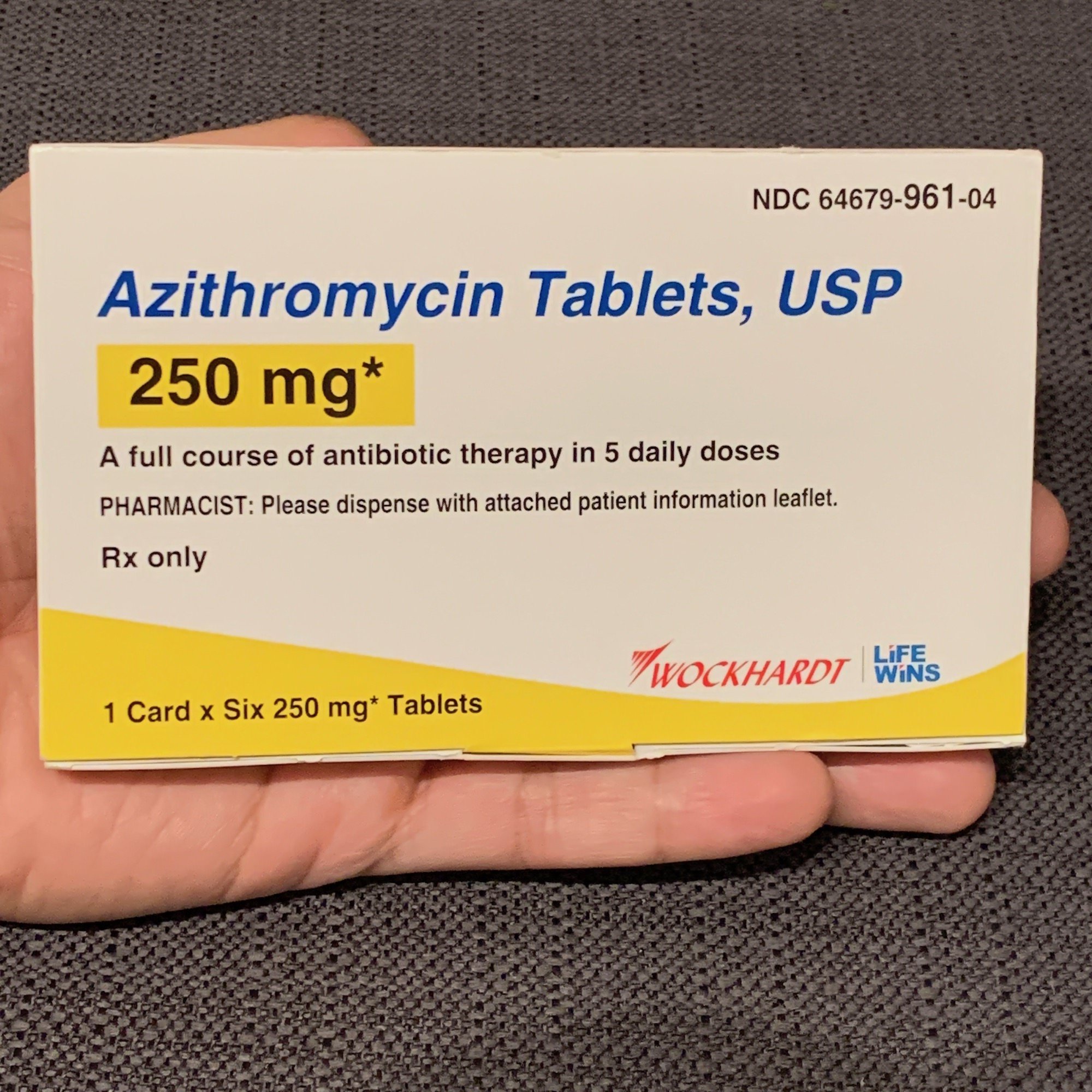Azithromycin (Zithromax) is an oral and intravenous macrolide antibiotic I most commonly use to treat atypical and community-acquired pneumonias (CAP) in the intensive care unit. Outside of the ICU, the classic “Z-Pak” consists of a 500 mg load on day 1 followed by 250 mg daily on days 2-5. Similar to newer macrolides, azithromycin has enhanced gram-negative coverage and is stable at gastric pH improving its oral absorption.
Azithromycin concentrates very well within tissues and phagocytic cells. Coupled with inactive metabolites, no significant affect on hepatic enzyme potentiation/inhibition, and no real need to adjust dosing for creatinine clearance… it’s no wonder azithromycin is an “easy” antibiotic to prescribe. It also works as an anti-inflammatory (TNF-alpha) and immunomodulator via interleukin pathways making it a helpful adjunct with other antibiotics in treating CAP.
But what’s the catch? As with all antibiotics, growing resistance is becoming a problem. Efflux pumps as well as altered binding sites have been implicated as mechanisms for macrolide resistance. Furthermore, one must consider the GI (abdominal pain, nausea, diarrhea) and cardiovascular (QT prolongation) risks associated with macrolides. In rarer cases, hearing loss, anaphylaxis, and cutaneous reactions have all been reported.
Drop me a comment below with questions!






